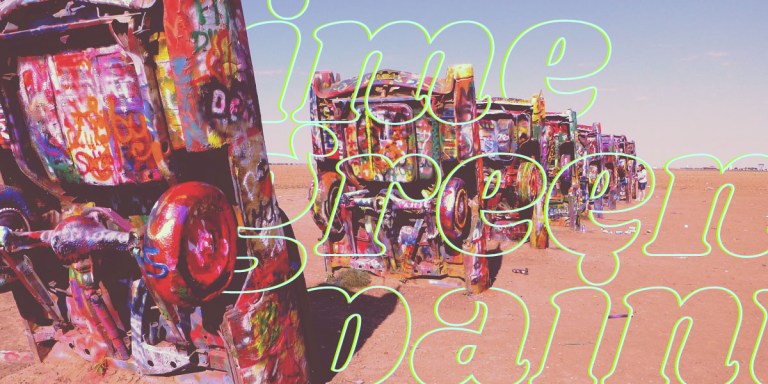Sam Wall
A queer writer and sex educator living in the high desert of Nevada. Her other work can be found at Death and the Maiden and Scarleteen. When she’s not writing about sex, monsters, or the macabre, she can found tending carnivorous plants and raising the world’s largest, antler-less Jackalope. Find her on Twitter @gentleslytherin.






